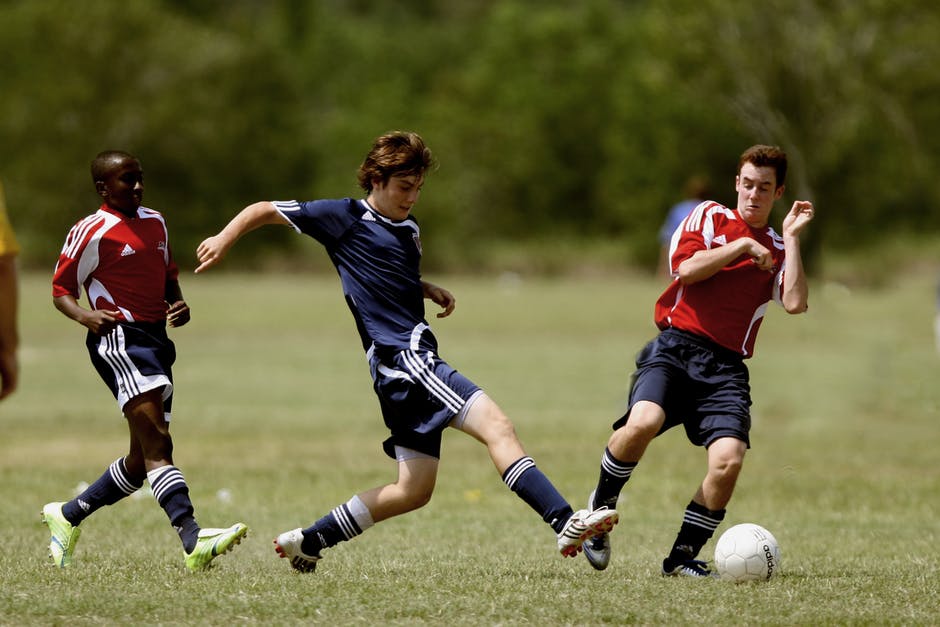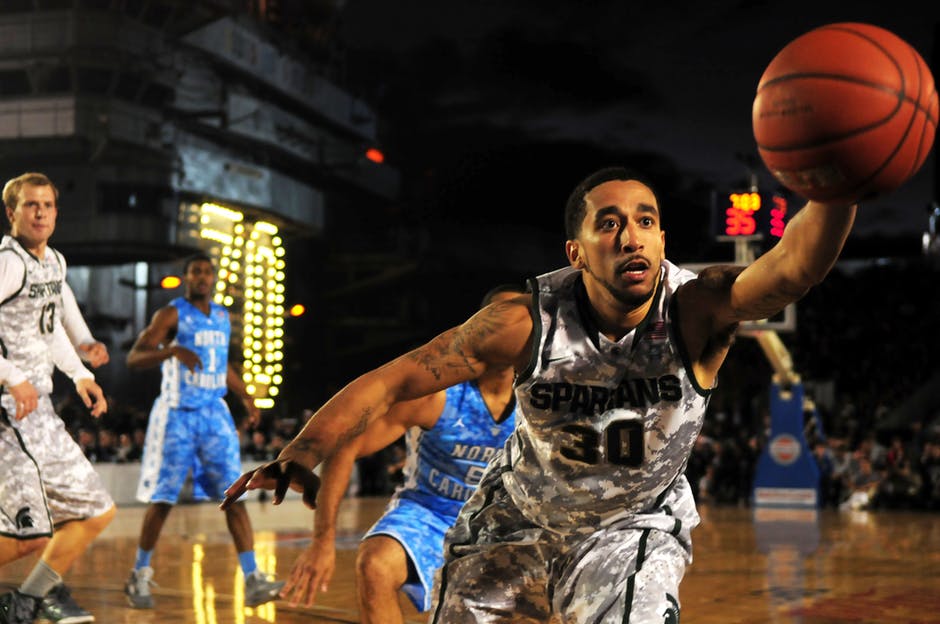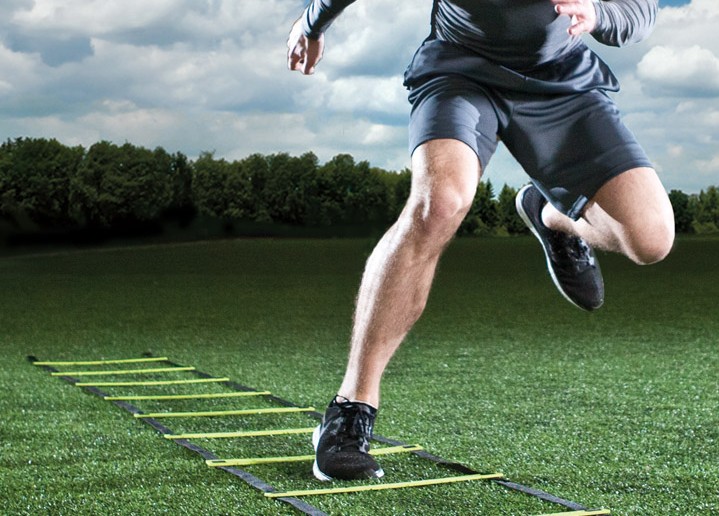We frequently employ straight line sprinting to help increase an athlete’s running speed. There are many instances in athletics where this is appropriate. However, there are also many instances where an athlete must run wearing pads, while kicking a ball, while dribbling a ball, or while carrying a ball or piece of equipment. It’s uncertain if the kind of straight line sprinting that is normally used in speed training is appropriate in one of these situations.
Wdowski and Gittoes, in a 2013 study published in Sports Biomechanics, examined how carrying a field hockey stick impacted sprinting mechanics. The authors studied 18 university field hockey athletes. The authors had the athletes perform three 25m sprints without the stick and three 25m sprints with the field hockey stick.
Results:
• Basically running with a field hockey stick makes an athlete slower. The velocity the athletes achieved over the first 5-10 meters was on average 6.73 meters/second with the stick as opposed to 6.79 meters/second without. Over 18-22 meters, the velocity the athletes achieved with the stick was 7.93 meters/second as opposed to 8.03 meters/second without the stick.
• The presence of the stick had no impact on stride frequency (it was identical for both conditions).
• The use of the field hockey stick saw an approximate 1.5% reduction in stride length.
• There was very little difference between joint angles between the two conditions.
As I’m reading the study and looking at the data, it suggests that carrying the field hockey stick reduces stride length. This reduction in stride length is probably the major culprit to the reduction in velocity that is being seen during the sprints. There are several important training implications for all of this. First, there are slight differences in running mechanics (mainly in stride length) between running with the stick and without. This means that sprinting without the stick may be fine for general training and metabolic conditioning, but it may not be specific to the event. Second, if we know that the act of carrying the stick decreases stride length and that this has an impact on velocity, then we can work on incorporating stride length training both with and without the stick to compensate and hopefully improve the athlete’s velocity.
Wdowski, M.M. and Gittoes, M.J.R. (2013). Kinematic adaptations in sprint acceleration performances without and with the constraint of holding a field hockey stick. Sports Biomechanics, 12(2): 143-153.



